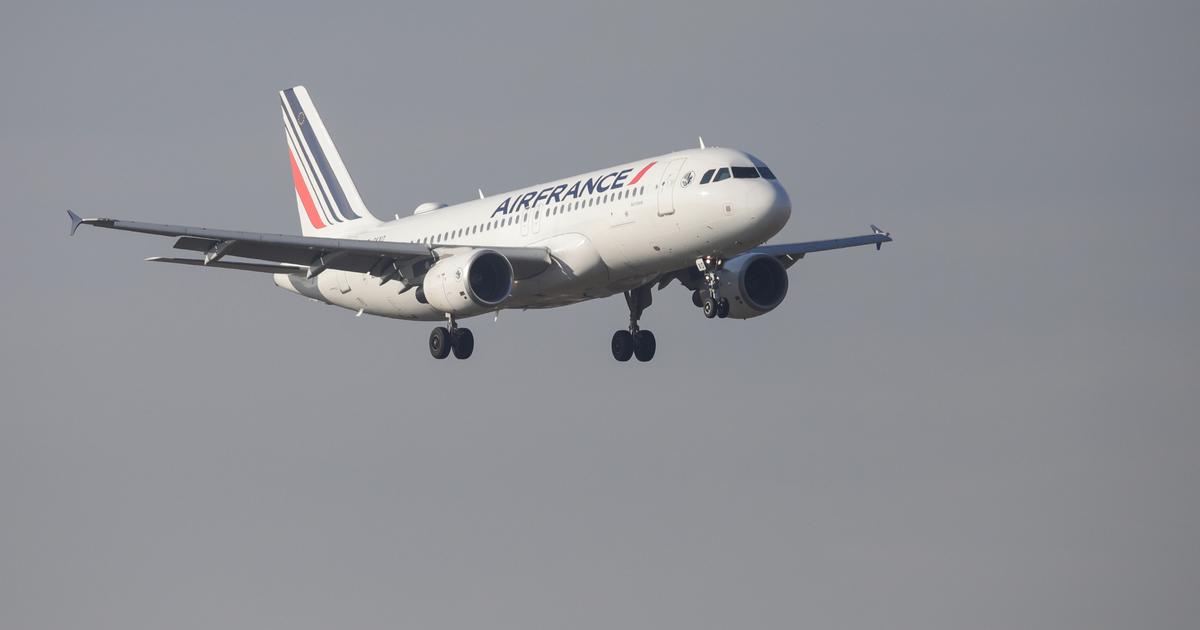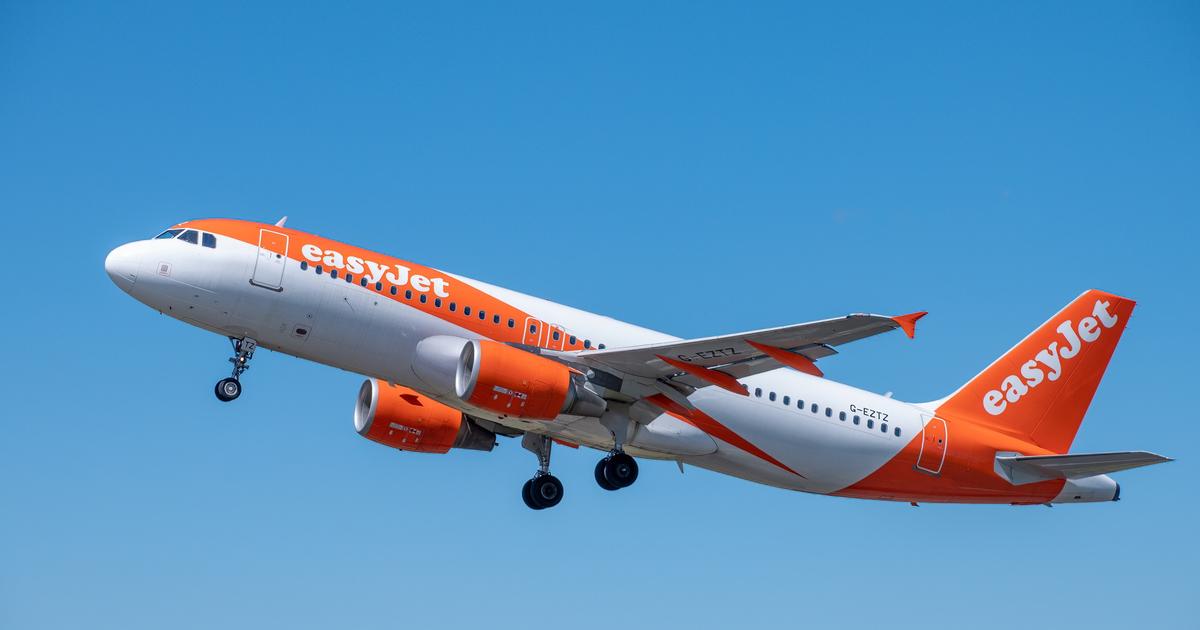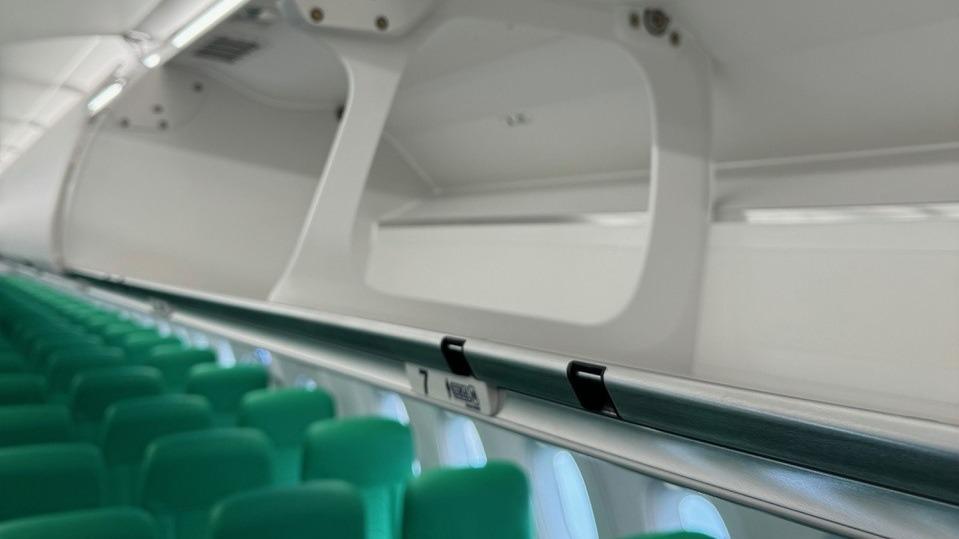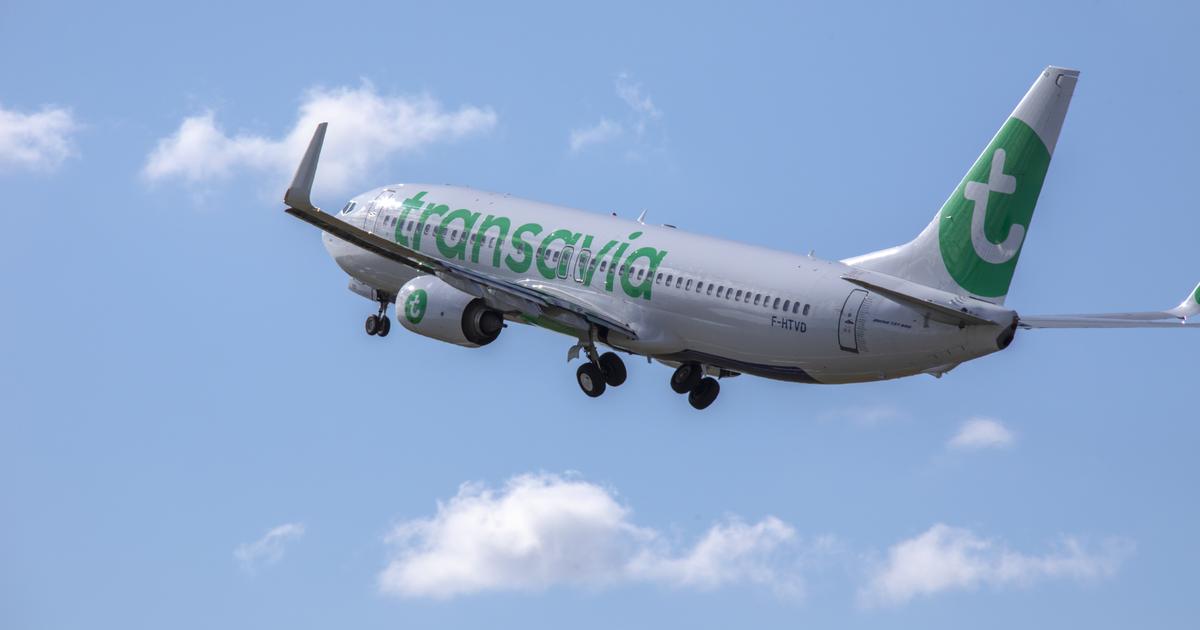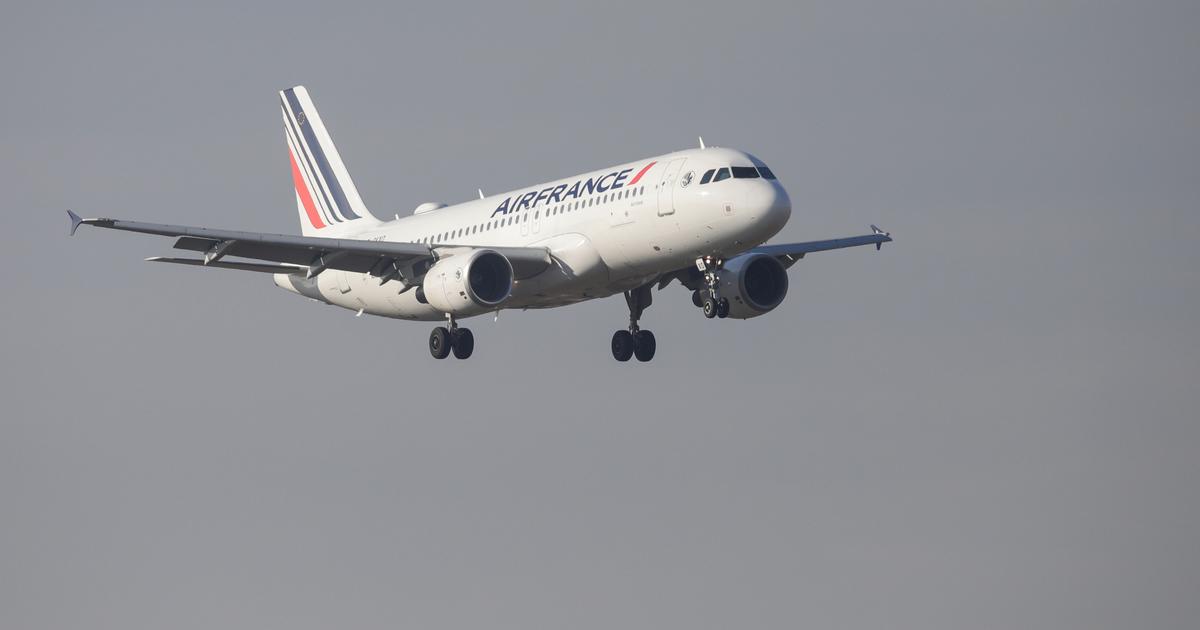Since November 3, the Orly-Biarritz link is no longer operated by Air France but by Transavia, its low-cost subsidiary.
It will soon be the same for the following destinations: Pau, Perpignan, Montpellier and Toulon.
Are we not in a way witnessing the rebirth of Air Inter at Orly?
You remember, this French domestic company, bought in 1990 by Air France, which, long before easyJet or Ryanair, had put in place the revenue from low-cost flights: densified planes, simple fares, maximum use of planes, on-board service paying ... "
The easy plane
": that was its slogan in the 1980s that has since appropriated, translating it of course, easyJet.
Read also: Postponement of free tickets and new routes, Transavia announces the program for its 2021 season
Biarritz, Air France's strategic mistake
With the case of Biarritz, we have the impression of living an eternal return of French-style mistakes.
The small town in the south-west was with 485,000 passengers per year, one of the beautiful stopovers for Air Inter which, in high season, used Airbus A300s with 314 seats.
Indeed, its population basin, today we would say its catchment area, extends to San Sebastian in Spain.
When Air Inter was purchased, Air France, like the La Fontaine heron, said in substance: "
What good is the use of all these passengers who only pay a few tens of francs for their ticket, let's focus on high-contribution passengers, those who pay the most
”, and decided to reduce the supply by using lower capacity planes.
Your servant still remembers the incredulous face of a station manager who could not believe this choice to refuse passengers.
It was to offer a red carpet to less disdainful competitors.
Biarritz airport therefore sought other outlets by making a golden bridge to low-costs, which had also earned it a call to order by the regional chamber of accounts for distortion of competition.
Furious, Air France management closed the Biarritz-Charles de Gaulle line in 2006 as a retaliatory measure.
Leaving the field open to easyJet, which opened its line the following year.
10 years later, Air France finally seeming to understand its mistake, finally reopens its route to Biarritz.
Summary of the races, easyJet now transports 170,000 passengers per year to Paris-Charles de Gaulle and Air France… 100,000.
IN VIDEO, removing interior lines, is it a good idea?
Wanting to rationalize its internal network and remedy its deficit, Air France is now opting, with the recent agreement of its pilots, for a transfer of part of the domestic routes to its low-cost company Transavia.
Because despite its 400,000 annual passengers, the Orly-Biarritz line was not profitable.
The transfer to Transavia, whose production costs are much lower, therefore has its explanation.
With that Air France is giving itself the weapons so that its internal network resists the assault of other low-costs?
The answer will obviously come from customers.
Read also: From Biarritz to Saint-Jean-de-Luz: ten original ideas for (re) discovering the Basque Country
How to go from Biarritz to Pointe-à-Pitre via Orly now?
What will be the impact on passengers of switching from flights operated by Air France to Transavia?
First of all the reduction of frequencies.
For Biarritz, there will no longer be seven daily round trips, but three.
This translates, despite the use of larger planes that can carry 189 passengers, in a 10% reduction in annual supply.
Even though Transavia has a good quality on-board service (for a fee), the question of connecting passengers is already being raised.
Indeed, like any low-cost, Transavia only sells one-way tickets from one point to another.
Its computer system does not include stopover tickets, nor therefore end-to-end baggage check-in.
So how do you go about traveling from Biarritz to Brest via Orly or from Biarritz to Pointe-à-Pitre via Orly?
How long should I allow for my correspondence?
What about the luggage?
It will depend on many factors that are still unclear at the moment.
In the air, we modestly call it “
self connect
”.
Pleasure ?
Clearly, this English term refers to the fact for a passenger to combine several flights in order to travel at a better price, which thus obliges him to organize himself to have his connection.
Make way for "do everything yourself and get by"
In practice, this gives rise to different scenarios, and if Air France ensures that it is working on this problem, no one knows what to expect at the moment.
There is first of all the wildest system that one could qualify as "
do everything yourself and manage yourself
", namely that the passenger is obliged to leave the security zone, to go and collect their vehicle. baggage on the baggage belt, then return to check-in and go through security again to board their second flight.
In such a case, allow about three hours between the two flights.
This is a lot compared to the 50 minutes of beats for passengers connecting with Air France.
Another possibility, a little less tedious: the passenger collects his baggage and instead of re-registering it, deposits it on a specially placed trolley nearby.
He must nevertheless redo the safety circuit.
Finally, in the best case, his baggage will be checked in for the entire trip during his first stopover, and, if the passenger route from the airport allows it, he will be able to go from one flight to another through the transit without ironing security.
Where will Air France and Transavia put the cursor?
Response early next year.
The end of perks like SkyPriority skip-the-line?
Transavia does not offer the SkyPriority skip-the-line service, adopted by the 17 Skyteam member airlines.
Air France
The switch from Air France to Transavia also has other implications, in particular for frequent passengers.
Indeed, the Gold and Platinum status of the Flying blue card have become magical sesame, the holders of which appreciate the advantages on the ground even more than on board.
For example, the SkyPriority skip-the-line, adopted by the 17 Skyteam member airlines and set up in a thousand airports around the world, offers rapid passage through the security filter, priority boarding, additional baggage, access to the lounge, etc. Pitfall: Transavia does not offer this service.
In addition, if passengers can accumulate a few
Flying Blue
Miles
by flying on Transavia, they will not accumulate the famous “
XP
” which
gives
access to priority statuses.
Consequently, those who are used to the Orly lines to Biarritz, Pau, Perpignan, Toulon or Montpellier risk losing their status.
Read also: How airline loyalty programs are evolving with the Covid-19 crisis
Can Air France and Transavia afford to refuse these advantages to these business customers, even though
easyJet is
wooing them with its “
easyJet plus
”
card
specially created for them?
Flying blue and its statutes are a formidable selling point for Air France.
Without them, why choose Transavia rather than easyJet or the SNCF?
For the same reasons, this change will be badly perceived by holders of Air France reduction cards - Weekend, Young and Senior - which they will no longer be able to use.
Does the company plan to reimburse them or to extend the benefits of these cards to Europe as it did for the Youth card?
Read also: Do you have a plane or train ticket?
How to avoid the “no show” trap
Perpignan and Montpellier, the big losers
The dimensions and weight of baggage authorized in the cabin are not the same at Air France and Transavia.
Adobe Stock
In terms of the attractiveness of the territories, the cities most affected are obviously those which do not have access to Paris-Charles de Gaule like Toulon and especially Perpignan.
When the Perpignan-Roissy line closed because it was very loss-making, Air France executives had promised local players and elected officials a strengthening of the service to Orly, and it is ultimately the opposite that is likely to happen.
The president of the Occitanie region Carole Delga sent a detailed letter on this subject to the management of Air France qualifying "
this iniquitous decision and this unacceptable project
".
In the case of Montpellier, the back-pedaling is total.
Four years ago, Air France announced with a great deal of publicity and press conferences that the Orly-Montpellier route had been raised to the rank of “Navette”, like Toulouse, Marseille and Nice.
The establishment of ten frequencies per day has allowed a 20% increase in the number of passengers on the line, reaching today 520,000 passengers per year.
If Transavia only offers 5 flights per day, it is the end of business customers on this line.
The minimum required is at least 7 flights, knowing that the SNCF offers as normal up to 11 daily round trips.
Finally, the icing on the cake: the dimensions and weight of the baggage authorized in the cabin are not the same at Air France and Transavia… This risks, once again, causing practical concerns for passengers who will change company between two flights.



